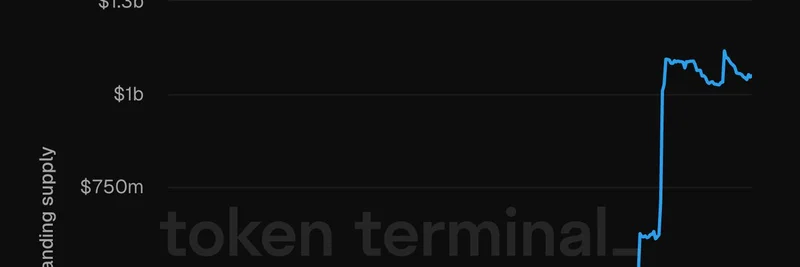In the fast-paced world of cryptocurrency, where meme tokens can skyrocket or plummet in hours, the ability to move assets seamlessly across different blockchains is a game-changer. Recently, Alex Smirnov, co-founder of deBridge, took to X (formerly Twitter) to reflect on how his project was ahead of the curve. In his post, Smirnov highlighted that three years ago, deBridge introduced the concept of intents and a zero-TVL (Total Value Locked) design for cross-chain bridges. At the time, it was a tough sell—everyone was fixated on traditional TVL models. But now, the entire industry is shifting toward intents.
This reflection isn't just nostalgia; it's a nod to a major evolution in DeFi that's particularly exciting for meme token traders. Let's break it down and see why this matters for the meme ecosystem.
The Origins: deBridge's Bold Bet on Intents
Back in 2022, deBridge announced the deSwap Liquidity Network (now known as deBridge Liquidity Network or DLN), a system designed for limitless, zero-slippage cross-chain value transfers without relying on locked liquidity. Traditional bridges lock up billions in assets to facilitate swaps, which not only limits scalability but also creates juicy targets for hackers. deBridge flipped the script with a 0-TVL approach, meaning no pooled funds—just smart, on-demand execution.
What are intents, you ask? In simple terms, an intent in DeFi is like placing an order: you specify what you want (e.g., "Swap 1 ETH on Ethereum for SOL on Solana at the best rate"), and a network of solvers (market makers or automated systems) competes to fulfill it. This leads to better prices, faster execution, and lower risks compared to old-school liquidity pools. As Smirnov noted, the industry dismissed it initially, but fast-forward to 2025, and intents are everywhere—from major protocols adopting similar models to new projects building on top of them.
Why This Shift Matters for Meme Tokens
Meme tokens thrive on hype, community, and rapid trading. But with popular chains like Solana, Ethereum, Base, and BNB Chain each hosting their own meme darlings, liquidity often gets fragmented. Want to jump from a hot dog-themed token on Solana to a cat meme on Ethereum? Traditional bridges might hit you with high fees, slippage (where you get a worse price than expected), or even delays that kill the momentum.
Enter deBridge's intents-based system. By leveraging a global network of liquidity providers without locking funds, it offers instant swaps with guaranteed rates and minimal spreads. According to deBridge's documentation, this 0-TVL model eliminates common security pitfalls while scaling effortlessly. For meme traders, this means you can chase pumps across chains without losing out to inefficiencies—perfect for those viral moments when a token goes parabolic on one network but not others.
Recent developments show the industry's pivot: Protocols like those mentioned in Eco's 2025 guide are following suit, praising deBridge's ultra-low spreads and fast execution. Even BTSE's AMA recap underscores how deBridge is reimagining asset transfers, making them instantaneous and chain-agnostic.
The Broader Impact on Blockchain and DeFi
This isn't just about memes; it's about the future of interconnected blockchains. As more apps integrate deBridge—like Superform for cross-chain yield swaps—we're seeing a more fluid DeFi ecosystem. No more silos; just seamless flow. And with deBridge's points program rewarding users for transfers, there's extra incentive to get involved.
If you're a blockchain practitioner or meme enthusiast, keeping an eye on intents could give you an edge. Head over to deBridge's site to try it out and see how it streamlines your trades. As Smirnov's post reminds us, innovation often starts as a wild idea, but it can redefine the game. What's your take on the intents revolution? Share in the comments below!

